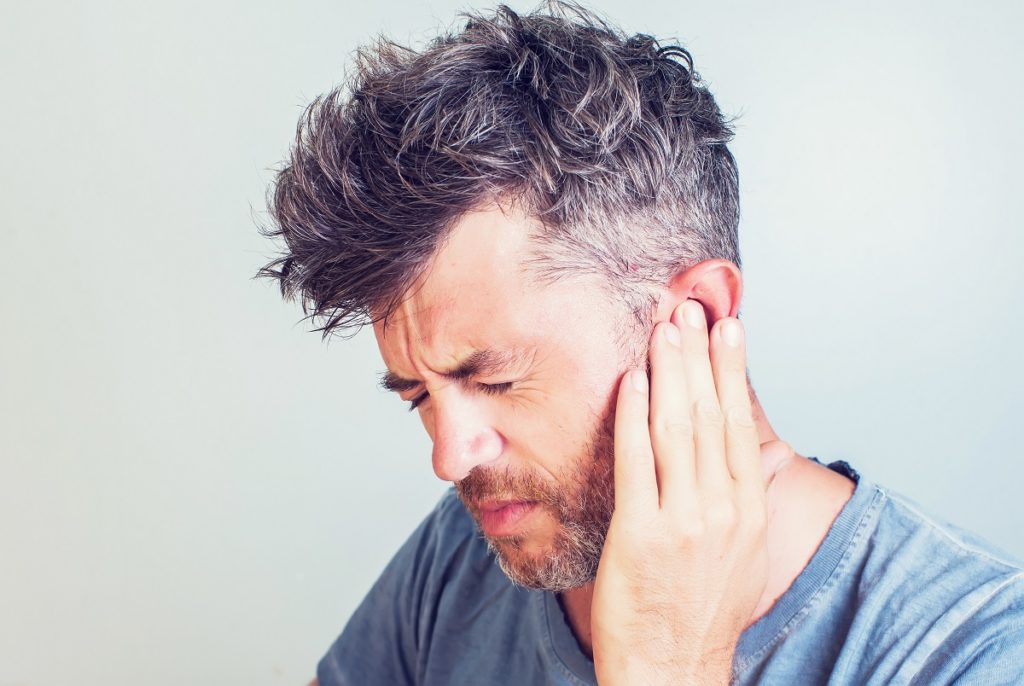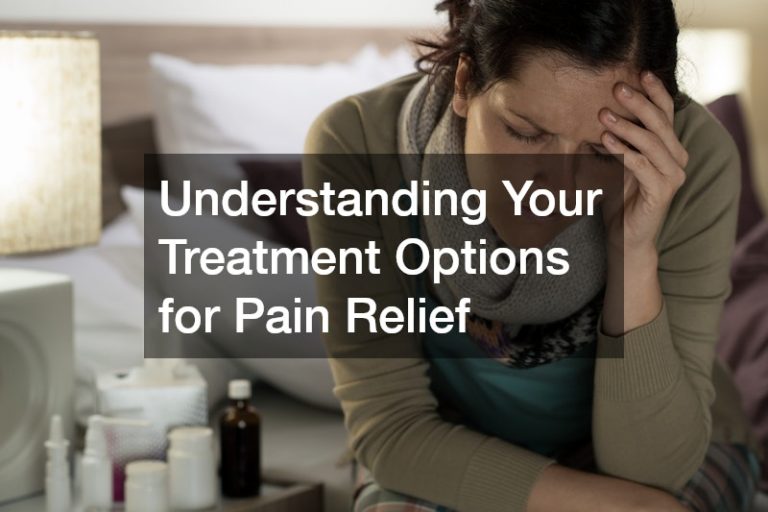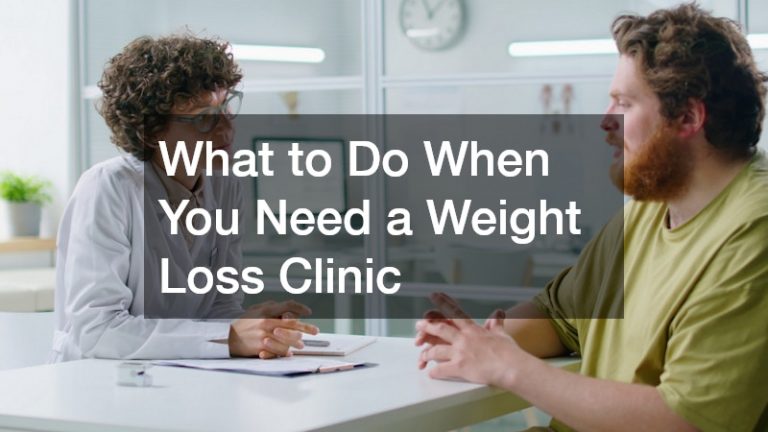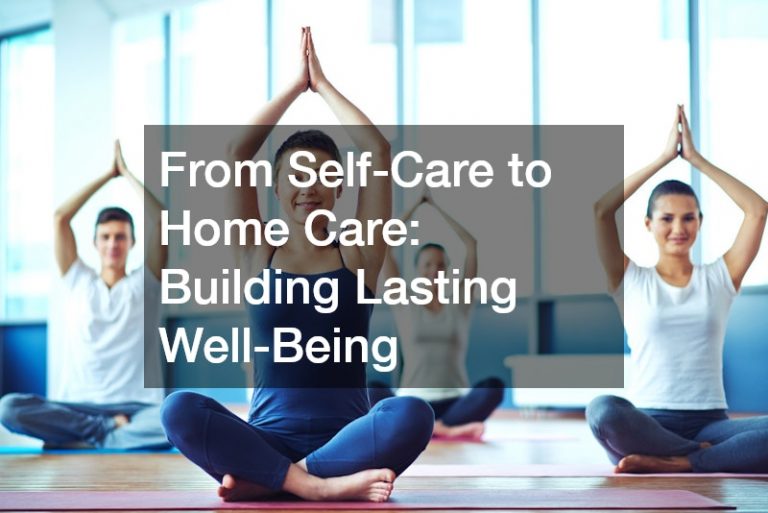Think about the last rock concert you went to. Do you remember anyone from the crowd wearing earplugs? Probably not, because people don’t fear noise as much as they should.
The truth is, noise damage can be likened to sun damage. Like UV rays, frequent exposure to loud sound can have harmful, irreversible effects over time. If you get a sunburn, the body may heal but the skin has already experienced damage, leaving you vulnerable to skin cancer. The same idea applies to hearing. If you’re constantly subjected to high levels of noise, your risk of developing hearing loss increases.
Approximately 48 million Americans suffer from some degree of hearing loss, more than half of which are caused by prolonged exposure to loud sounds. As the sound gets louder and the duration gets longer, the risk becomes greater.
Protect your hearing by regularly checking with your ENT and remembering these pointers:
Be mindful of the decibels
We mentioned loud sounds, but how loud is too loud? It depends on the decibel level. Decibel is the measurement unit for sounds. The higher the decibel level, the louder the sound.
Risk of hearing loss risk starts when you cross certain thresholds: 88 decibels for four hours, 98 decibels for 30 minutes, and 100 decibels for 16 minutes.
Smartphones apps have made it possible to monitor noise levels in the environment. They won’t show you an exact measurement, but they’ll give you an idea of when you’re going to need hearing protection.
Remember, it’s not only a question of how loud the music is in a particular area, whether it’s a street fair or a music festival, but how long you’re in it. In concerts, you’re likely going to stay in one place for two straight hours, so wearing some form of hearing protection is advised.
Consider earplugs as a worthy investment
So, why aren’t more people wearing earplugs? Because they believe that earplugs lower the sound quality and don’t give the full experience. The case is true for single-use earplugs you get at drugstores. But there are reusable earplugs that provide the needed protection without affecting quality.
If you’re just mowing the lawn or have to stand next to a road construction, where you’re not going to care about sound quality, get foam earplugs. They’re most effective at reducing the sound.
 Lower the volume when streaming
Lower the volume when streaming
If you think hearing damage only comes from rock concerts or lawnmowers, you’re mistaken. Overexposure to music at high volume from your own music players, including smartphones and tablets, can be just as harmful.
About a billion young people all over the world are facing hearing loss risks because of unsafe listening habits – that is, listening at a high volume for prolonged periods.
To protect yourself from permanent hearing damage, keep the volume at a minimum and take breaks when listening using your earphones. You should listen to music on your phone for an hour a day at most.
You may think it’s a big sacrifice, but take note that noise-induced hearing loss is irreversible. The good news is, it’s preventable. If hearing protection wasn’t available then, now you have access to high-quality, inexpensive solutions that let you enjoy music while helping protect your hearing.






